During the summer of 2013 I had one of the best jobs ever: going hiking in the Swiss Alps and getting paid for it! At the time I was working at the University of Lausanne, and one of the PhD students in the group, Eric Pinto-Figueroa (now at the University of Bern), was working on better understanding the distribution and ecological role of certain soil organisms (such as microbes and fungi) in mountain environments.
For this study he had to collect soil samples from around 100 random sites in the western Swiss Alps. Too much for one person to do in one summer, so he needed some help, and asked me if I was interested. Obviously I did not have to think twice about that.
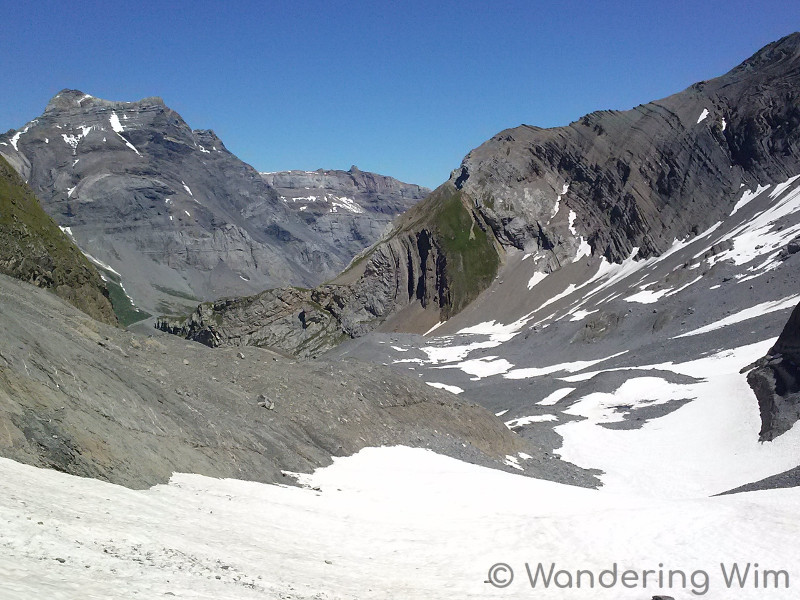
So off we went, spending about two months hiking around in the most beautiful places to collect, well, dirt. It was not an easy job though. Next to our regular hiking gear we also had to carry equipment for collecting the samples. Furthermore, depending on how many sites could be visited in one day, there was easily another 5kg or more of soil in our packs by the end of the day. Great fun for sure, but hard work too.
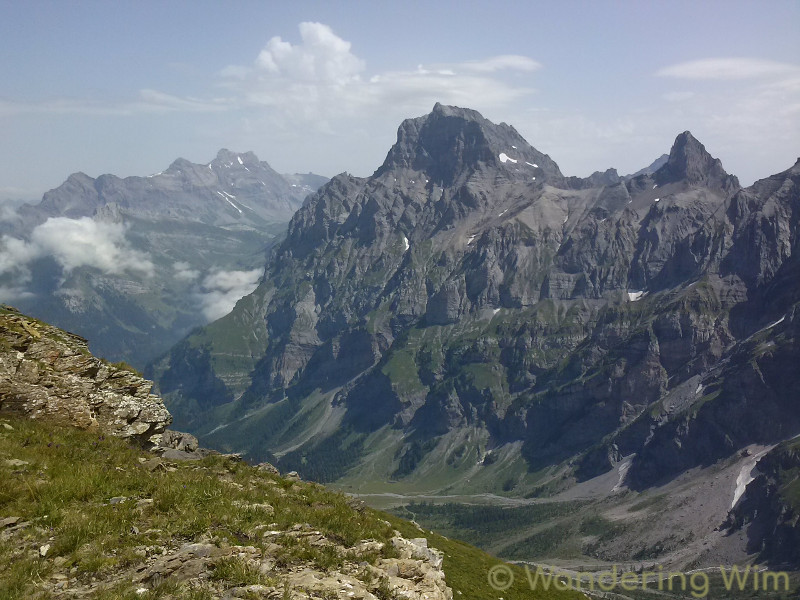
Once collected, the soil samples would immediately go into an insulated bag containing one or more ice packs (one of the additional items in our backpacks). This would preserve the metabolic state of any soil organisms in the samples, which was necessary for the subsequent soil analysis. Once back at the car at the trailhead, the samples were transferred to a large jar containing liquid nitrogen (i.e., very cold!).
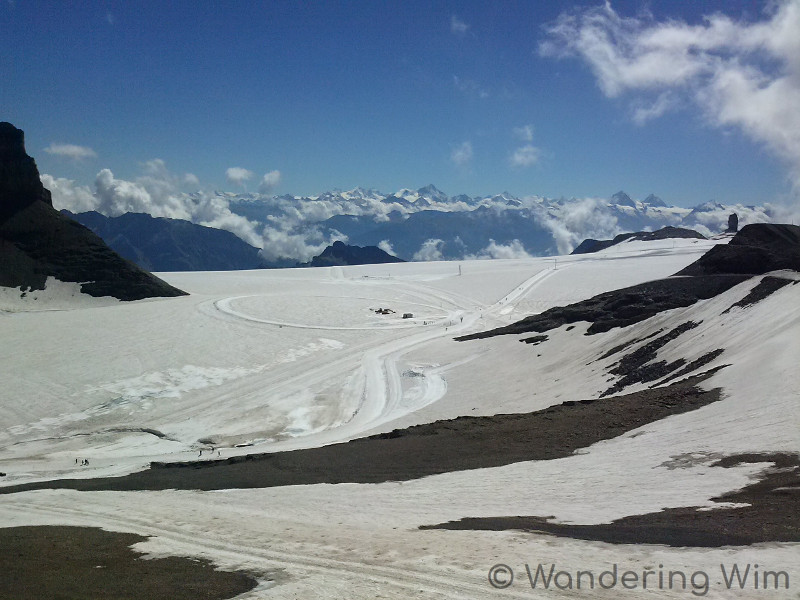
Then, every morning before heading out into the field again, Eric would drive down to the nearest stop of a local mountain train, to have the samples from the previous day transported to a town down in the valley. There, they would be picked up by one of the students from the group, who would take them back to the university for lab analysis. A somewhat complicated logistical situation, but it seemed to work quite well.
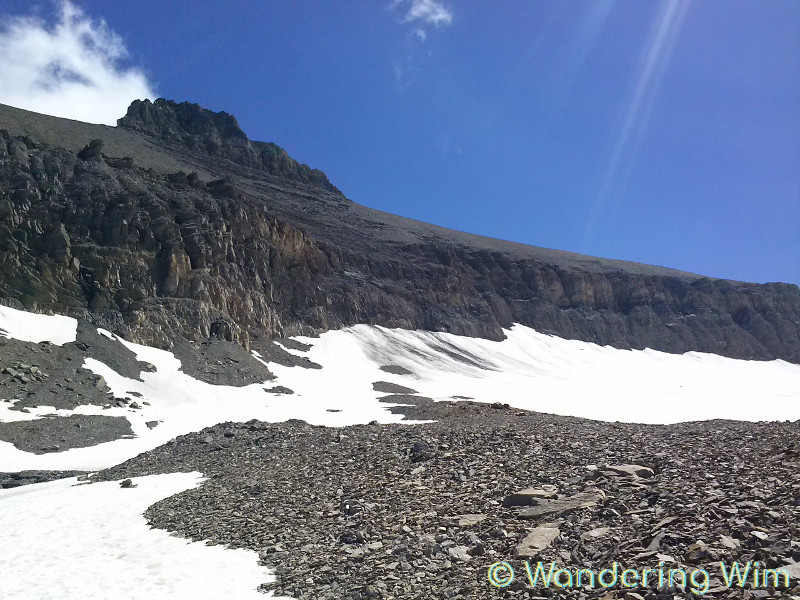
Once in the lab, the soil samples would be carefully filtered to remove any unwanted material, and then analyzed in various ways. For example, all organic material in a sample would be DNA sequenced. The result was then compared to a large DNA database, providing an indication of which organisms (such as microbes and fungi) are present in the current sample.
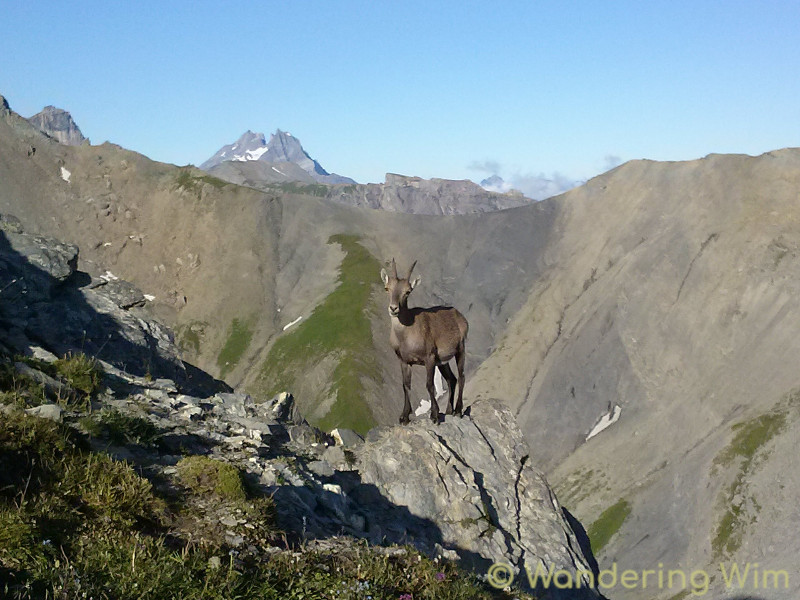
Our highest sampling point was on top of the Grand Muveran, at just over 3000m elevation (3051m to be precise). It actually took two days to get up there, staying overnight in a mountain hut. It was quite a precarious hike with all the additional sampling equipment, but the views from the top were spectacular!
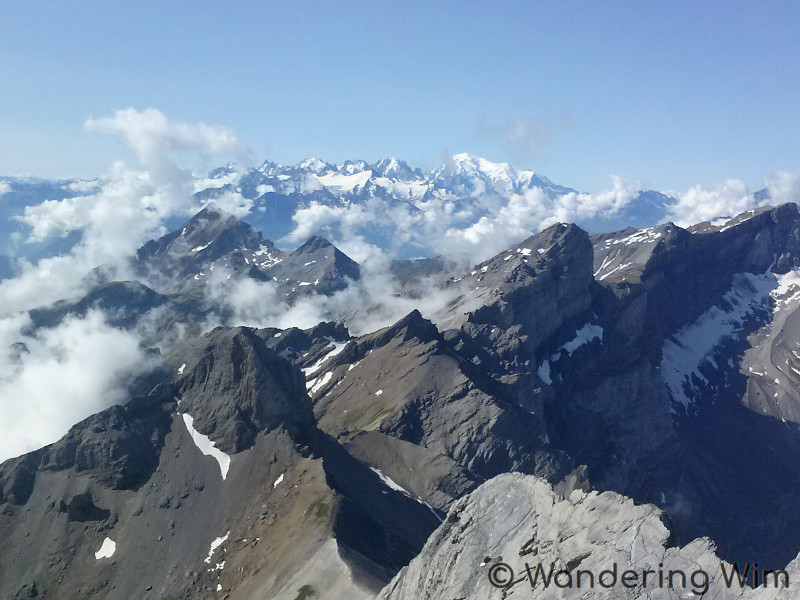
During these two months we stayed in a rented chalet in a tiny mountain village, which served as our home base. From there, we would drive to various trailheads in the surrounding area and then hike up to the sampling sites.
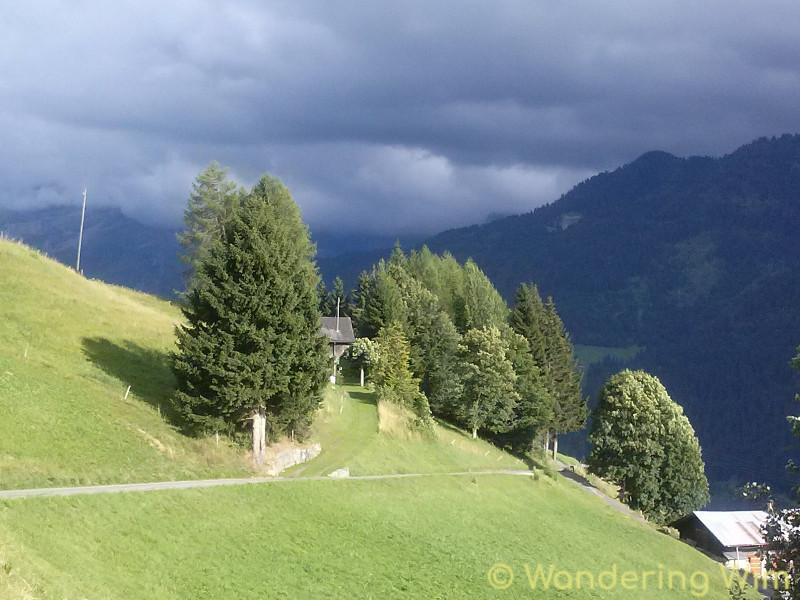
This was indeed one of the best jobs I’ve ever had. And I even got a mention in the acknowledgements of one of the scientific articles that resulted from this study. 😉 It was actually the second time I helped out some biologists with their fieldwork. The first time was in 2003, collecting buttercup specimens in the mountains of New Zealand for a month. I sometimes still regret that I studied computer science instead of biology…
